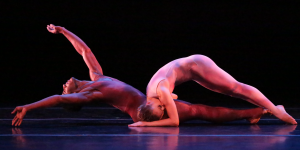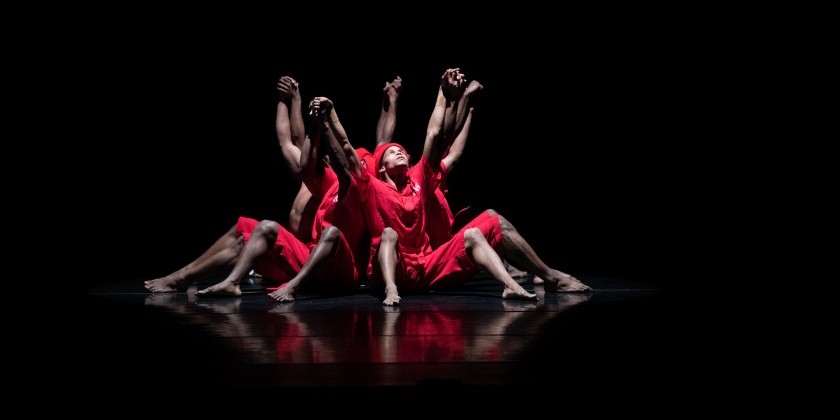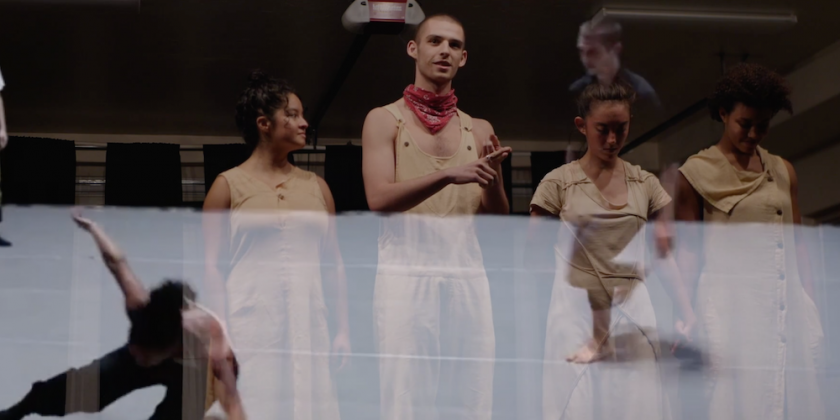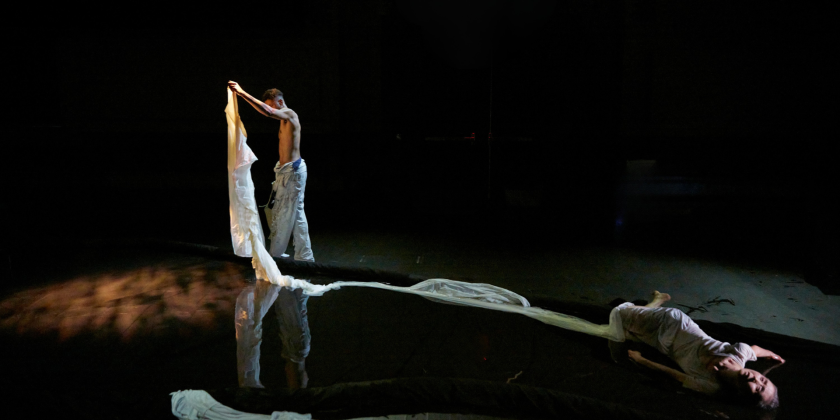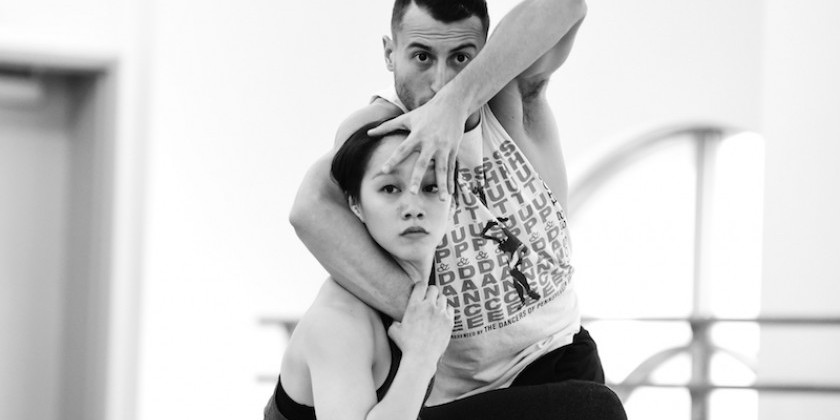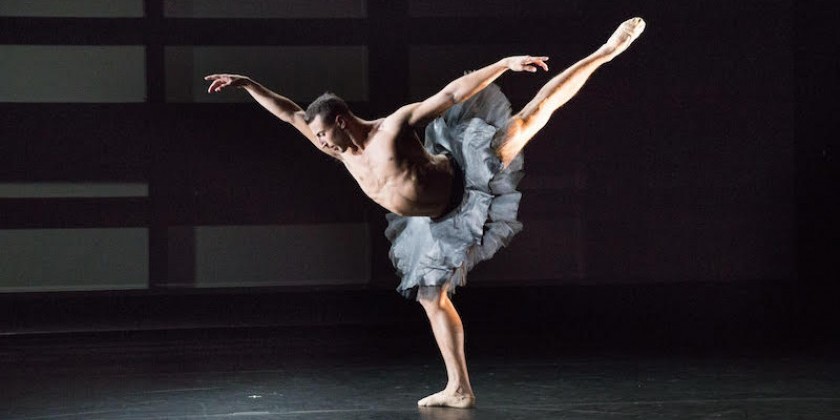Impressions from Philadelphia: Kun-Yang Lin/Dancers
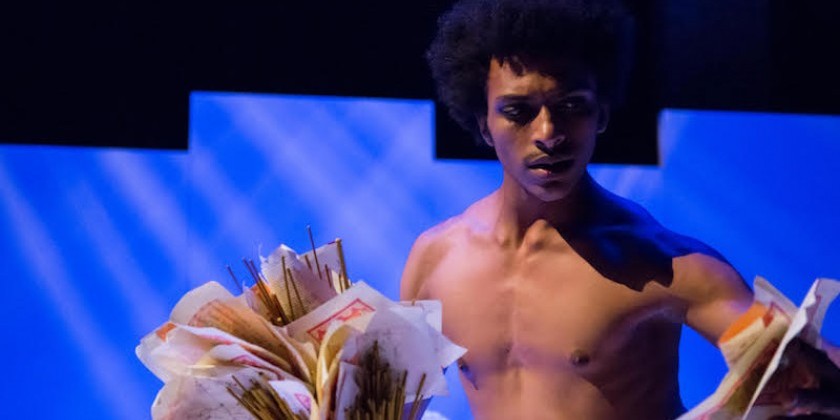
"Home" S. 9th St: Finding Home Wherever You Are
FringeArts, 140 N. Columbus Boulevard (at Race).
November 19-21, 2015
Dance Artists: Evalina Carbonell, Annielille Gavino-Kollman, Helen Hale, Mo Liu, Wei-Wei Ma, Jessica Warchal-King and Grace Stern alternating with Brian Cordova.
Artistic Director and Choreographer: Kun-Yang Lin
Sound and Original Music: Cory Neale
What is the meaning of home, and how can it be expressed through movement? That’s the question Kun-Yang Lin, Artistic Director of Kun-Yang Lin/Dancers explores in the world-premiere of Home/S. 9th Street at FringeArts in Philadelphia.
“For me ‘home’ is metaphor for past, present, future—the gifts, memories, and weight that we carry with us, the communities in which we currently live and express, the physical, psychological, emotional, spiritual yearnings that we have,” says Lin. An immigrant from Taiwan himself, he has lived the experience of finding a new home in a new place, and now he has turned it into a dance.
The white stage with three walls and four doors, designed by Britt Plunkett and lit by Alyssandra Docherty, provides a neutral space where the dancers journey toward whatever they call home. Dressed in white jeggings and long-sleeved turtlenecks, the six dancers (Evalina Carbonell, Annielille Gavino-Kollman, Helen Hale, Mo Liu, Wei-Wei Ma, Jessica Warchal-King) search for the place where they belong. Their socks distinguish them, each wearing a different color—red, black, green, brown.
The intimacy of the space means the audience is almost part of the dance; we see the dancers’ faces and the wrinkles in their costumes. They interact with each other and us; Gavino-Kollman even flirts with an audience member.
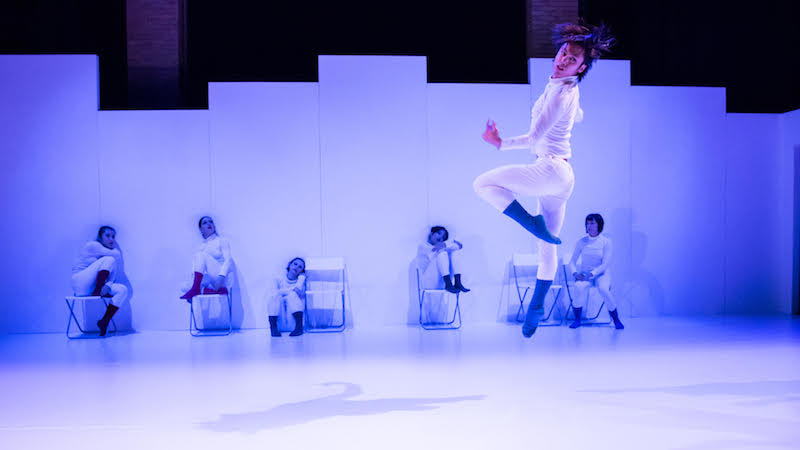
White folding chairs become a boat, a bus, or an ice cream truck. The dancers travel across the stage, moving around, under, and through these chairs. Their movements are strong but not smooth; their halting steps mirror the obstacles of the immigrant’s journey. Sometimes they huddle together; at others times, they struggle to make it alone. Asked to define themselves by name, by number (a flight number, a social security number), they try to answer the questions; they try to find ways to fit in and absorb the culture. They learn to count out loud, and they form the shapes of the alphabet with their bodies.
The music by Cory Neale is relentless. The audience enters to the odd sounds of “South of the Border, Down Mexico Way,” but when the show begins, the music switches to a percussive beat interspersed with ethnic children’s songs and hypnotic melodies.
The intermission shocks us with its sudden silence, but the dancers don’t abandon the stage. They sit in chairs and sprawl on the floor. They remain part of the dance space, even as we come and go, not sure if we’re doing the right thing. Then, the break is over, and we return to discover that the immigrants have found their new home. There is a cacophony of sounds and voices with accents.
Dancers are usually silent, letting their gestures speak for them. Here, they voice their thoughts. They answer questions and make statements. While watching this production in the early stages of development, I noticed that the dancers were timid and unaccustomed to speaking on stage. Now it’s part of the dance. They claim words as part of their expression. I asked dancer Evalina “Wally” Carbonell about this via email.
“As dancers we communicate physically and visually, moving with a specific relationship to space and time in order to impact the audience,” she says. “When speaking on stage, I choose my tone, volume, enunciation, and rhythm with as much care as I use when detailing my dancing. The voice becomes another limb.”
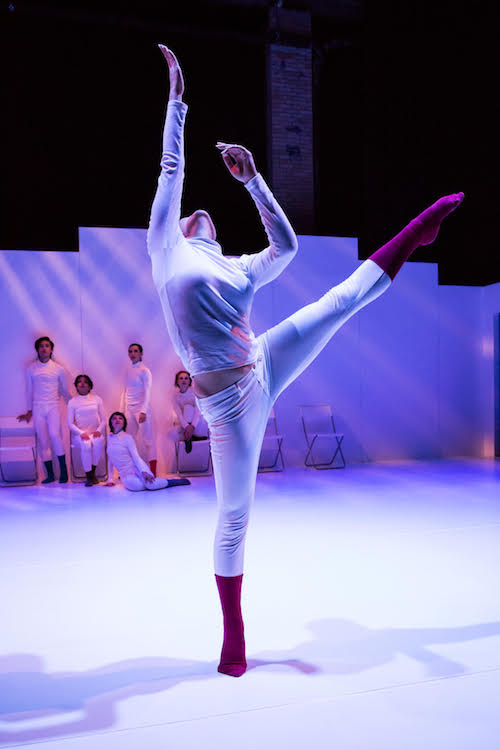
Home is a moving, compelling look at the immigrant experience. The show grew out of personal experience and community input. In addition to Lin, some of the dancers are immigrants themselves—Mo Liu and Wei-Wei Ma were born in China, and Annielille Gavino-Kollman is from the Phillipines. The troupe spent a year participating in story circles, listening to immigrant tales, and getting to know the residents of the multi-ethnic South Philly community where Lin has his studio and his home. Lin translated these narratives into movement and sound.
It’s a timely piece. The dancers offer arguments against letting immigrants into the country: they will take our jobs, they will change our culture, “they can’t even order a cheese steak.” The arguments are also timeless, says dancer Wei-Wei Ma. This is not a new discussion; it has been going on forever.
The show starts and ends with ritual. Grace Stern, who alternates with Brian Cordova, cleanses the space before the dancers enter. At the end, she shakes a bundle of incense filled with Chinese blessing papers that are a metaphor for the collective history of the dancers and the audience. Even if we don’t fully understand the meaning of the gesture, it leaves us with a sense of mystery and connection.





